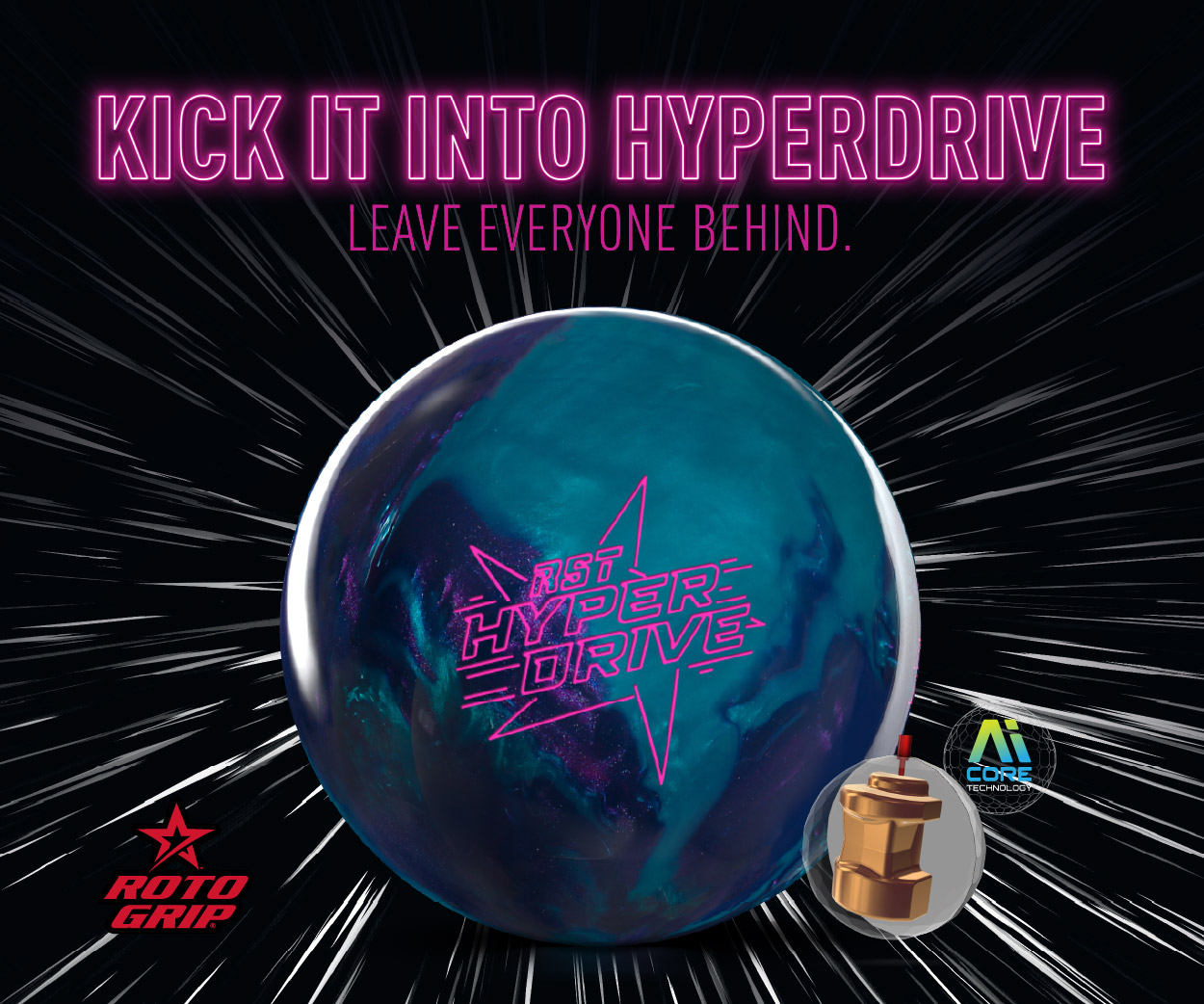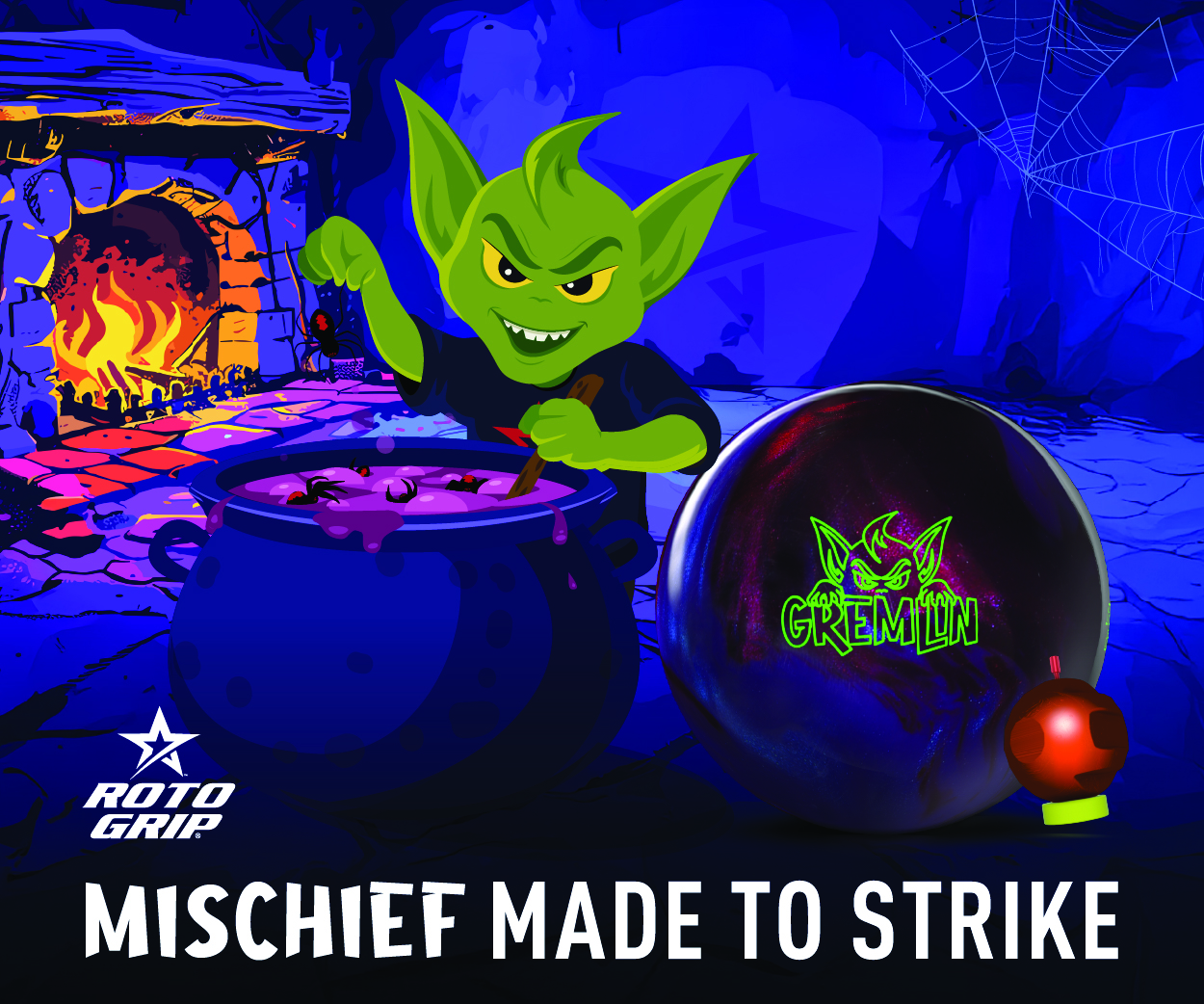Building the Proper Arsenal– part 2
By Steve Kloempken, Storm Global Technical Advisor
Greetings again to each of you! This continuation of part 1 on arsenal building is sure to help you better understand the differences in ball motion based on a number of different variables.
In our previous article we identified the three different parts or components of a bowling ball as follows:
- Coverstock
- Core
- Weight Block
The latest in coverstock advancement is nanotechnology, utilized by Tom Hess and his Virtual Gravity™ Nano in winning the 2011 USBC Masters tournament. This new coverstock material is more aggressive than the traditional high end reactive shell and really grips the lane due to its expanded surface topography. And as confirmed and verified, the coverstock is the most important and critical part of ball reaction. It truly is where the rubber meets the road.
The core is the lightweight material that wraps the weight block and is located directly underneath the cover. Generally used to lower the center of gravity, or radius of gyration (RG), the core material also plays an important part in transfer of energy from the ball to the pins.
The weight block is the most dense part of the bowling ball, in all balls 14 pounds and heavier. Its weight distribution determines the motion of the ball and shape of the break point in many circumstances. You still have to have a coverstock that matches for ultimate performance, but a weight block that has an optimum shape can be used in a variety of shells with success. Just think about the original Thunder Road™ which morphed into the T-Road™ Solid and ultimately the Hy-Road™, one of the most popular balls of all time.
Let’s take a look now, knowing the information above, at a suggested sample arsenal for three different types of players. See which description best fits you, and you will know specifically what your arsenal should look like.
Cranker – high rev rate, low axis tilt, and medium/high ball speed
Ball 1 – Virtual Gravity Nano
Ball 2 – Marvel™
Ball 3 – Hy-Road™
Ball 4 – Natural™
Most crankers prefer weaker layouts, pins between 5” and 6” from the PAP.
Tweener – medium rev rate, medium axis tilt, and medium/high ball speed
Ball 1 – Virtual Gravity™ Nano
Ball 2 – Prodigy™
Ball 3 – Victory Road™
Ball 4 – 2Fast™
Many tweeners are able to use a wide variety of layouts and surfaces with success.
Stroker – low rev rate, medium/high axis tilt, and medium ball speed
Ball 1 – Virtual Gravity Nano
Ball 2 – Marvel™
Ball 3 – Reign of Fire™
Ball 4 – Victory Road
Strokers are usually looking for “more” out of their equipment. Don’t be afraid to use a large weight hole and aggressive surface preparation with this type of player.
If you have any other questions, feel free to contact me at [email protected]. Best of luck and remember to always ‘Bowl up a Storm!’






